Kovine Gorsek is a leading CNC machine shop, specializing in precision machining for various industries. Our team of experts and advanced technology ensure top-quality custom parts manufacturing.
At Kovine Gorsek, we understand that every project is unique. Our skilled engineers work closely with clients to provide customized solutions, utilizing cutting-edge CNC technology for exceptional results.
Committed to excellence, Kovine Gorsek adheres to the highest industry standards. Our precision CNC machining services deliver reliable, accurate, and durable parts that meet or exceed client expectations.
We pride ourselves on efficient production and on-time delivery. Our streamlined processes and experienced team ensure your projects are completed within agreed timeframes without compromising quality.
Years of Experience
CNC Machines
Projects Completed
Countries Served
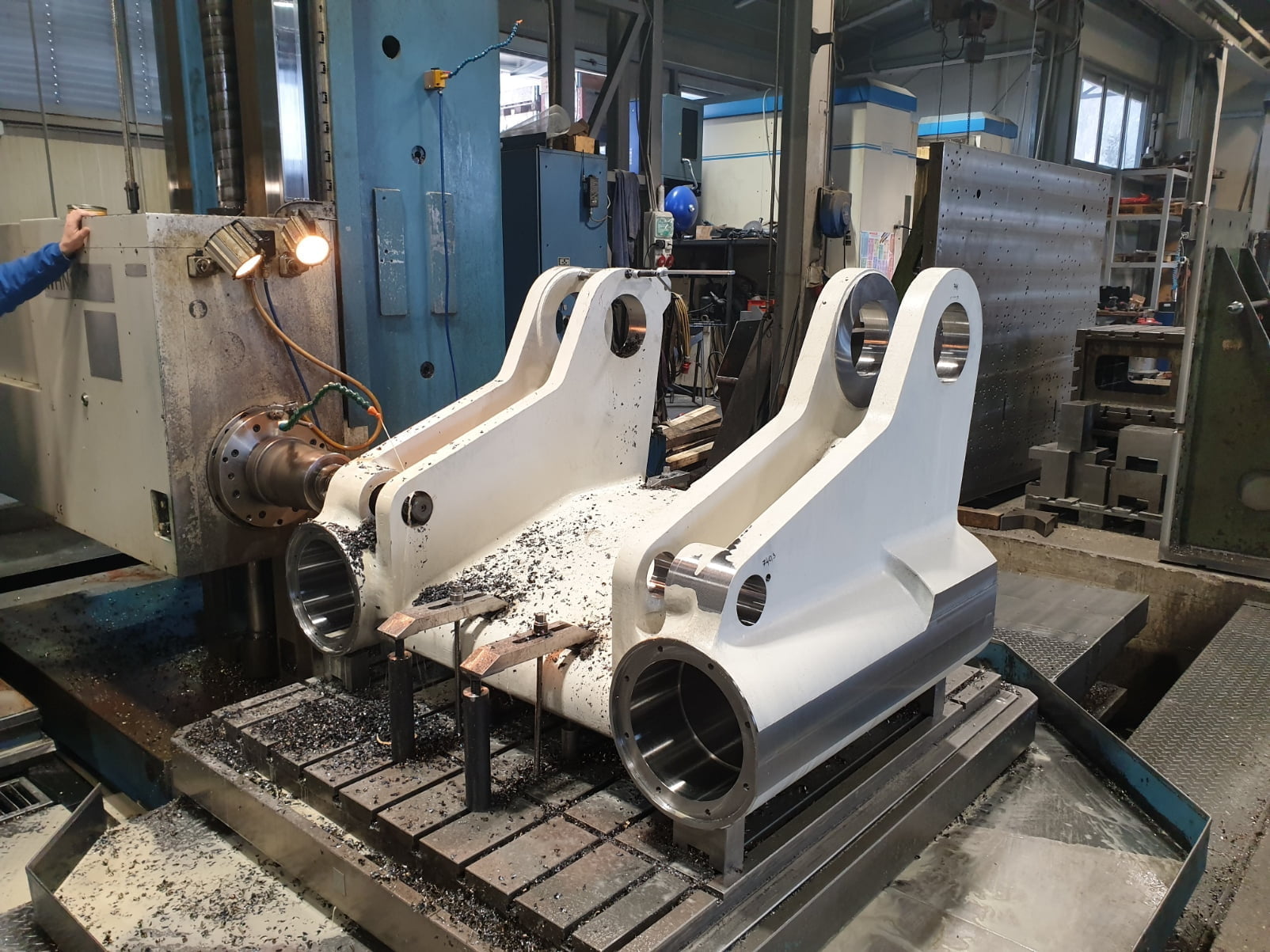

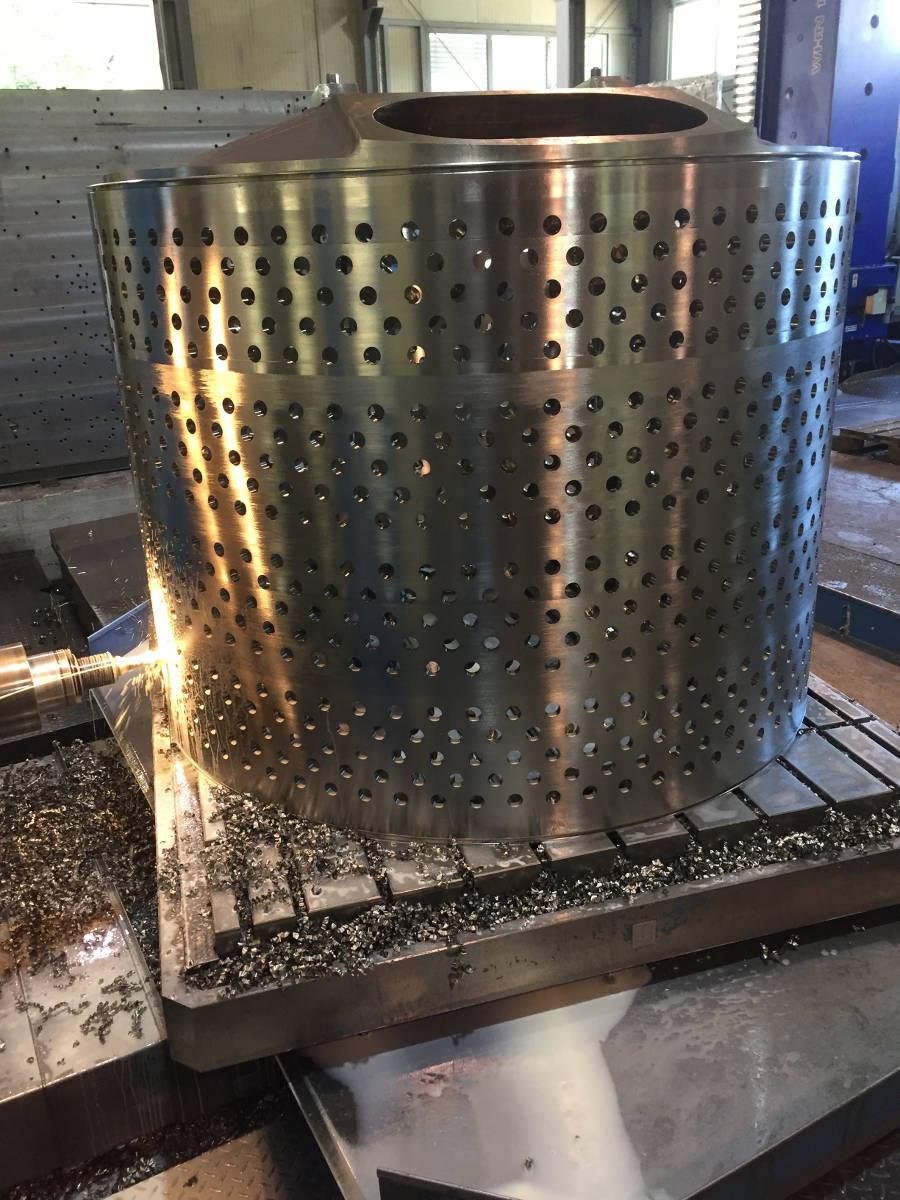
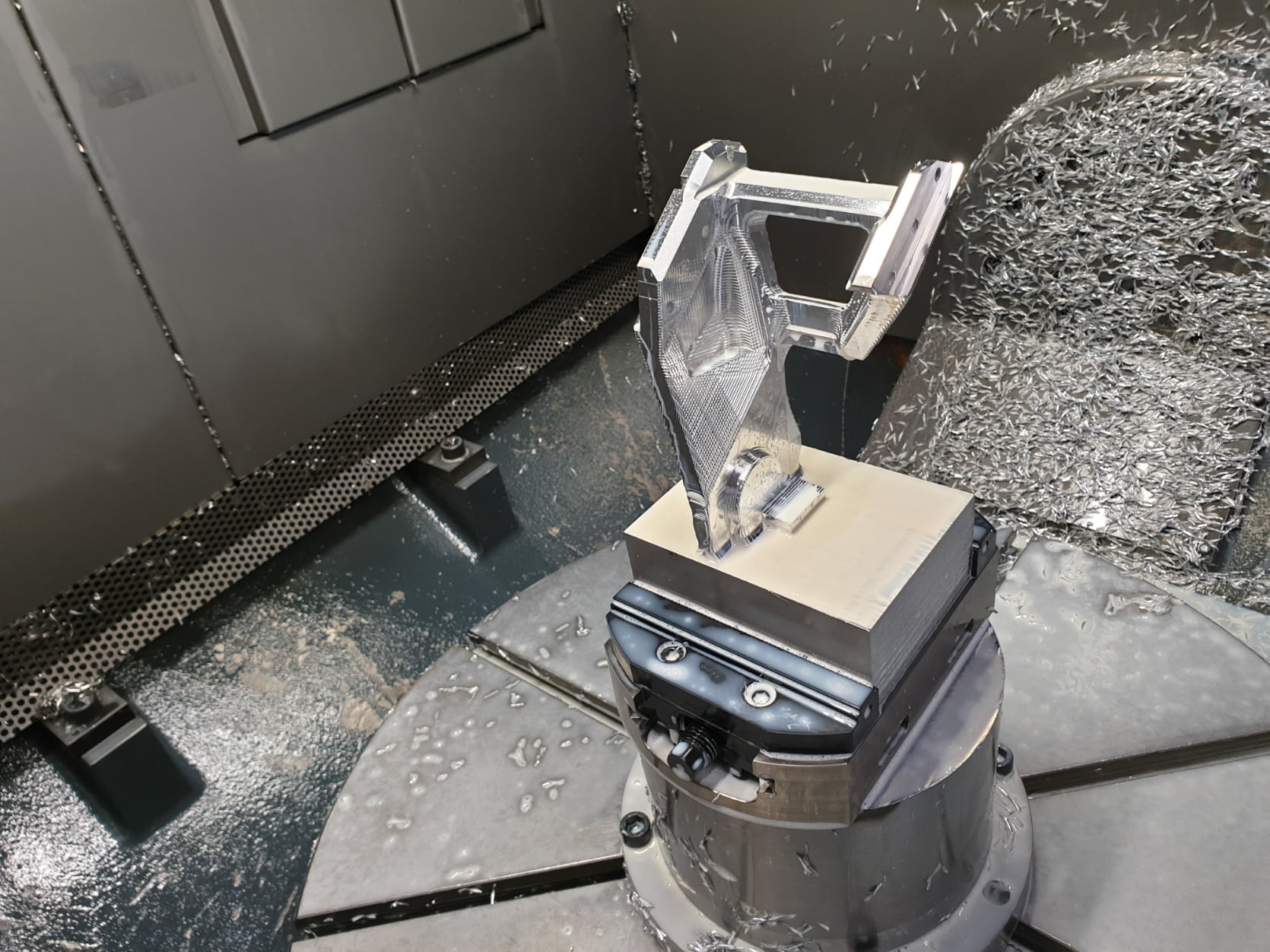
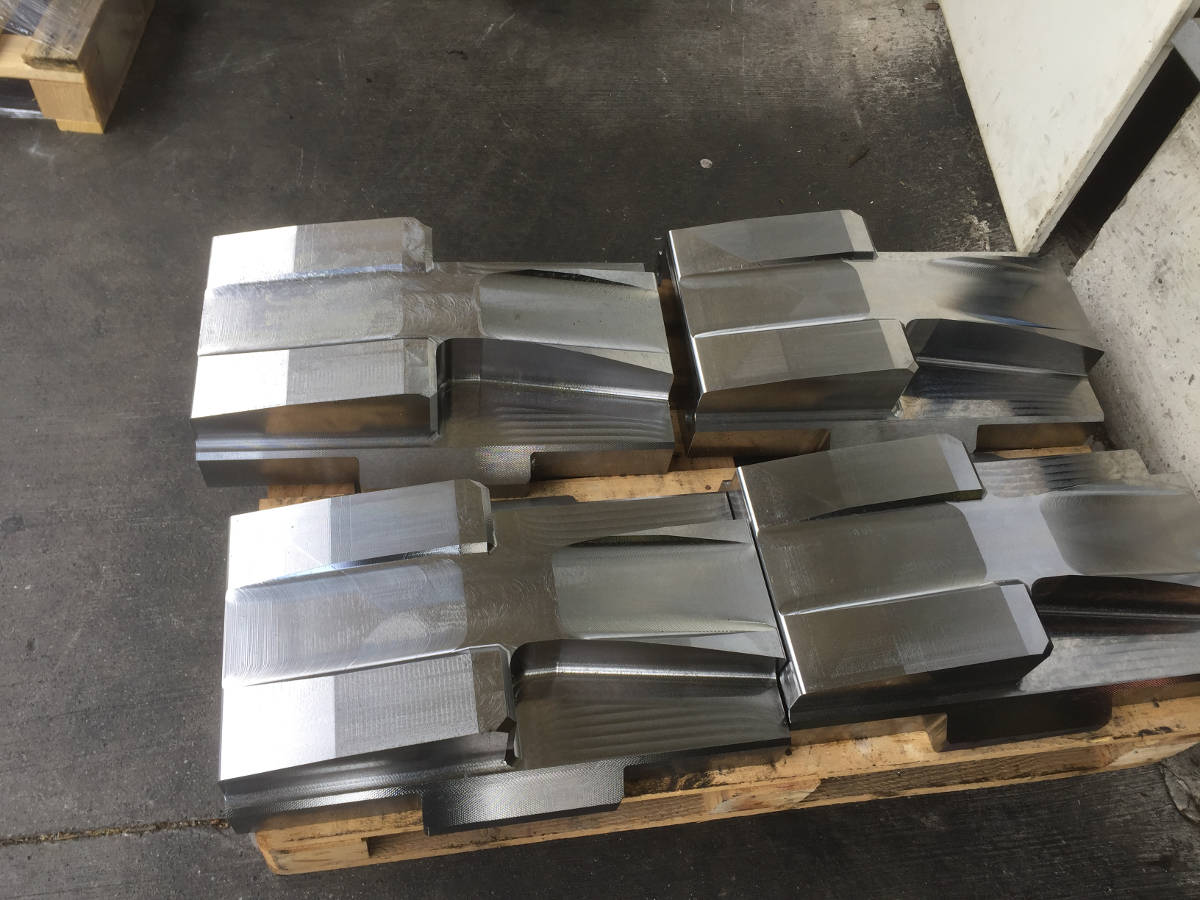
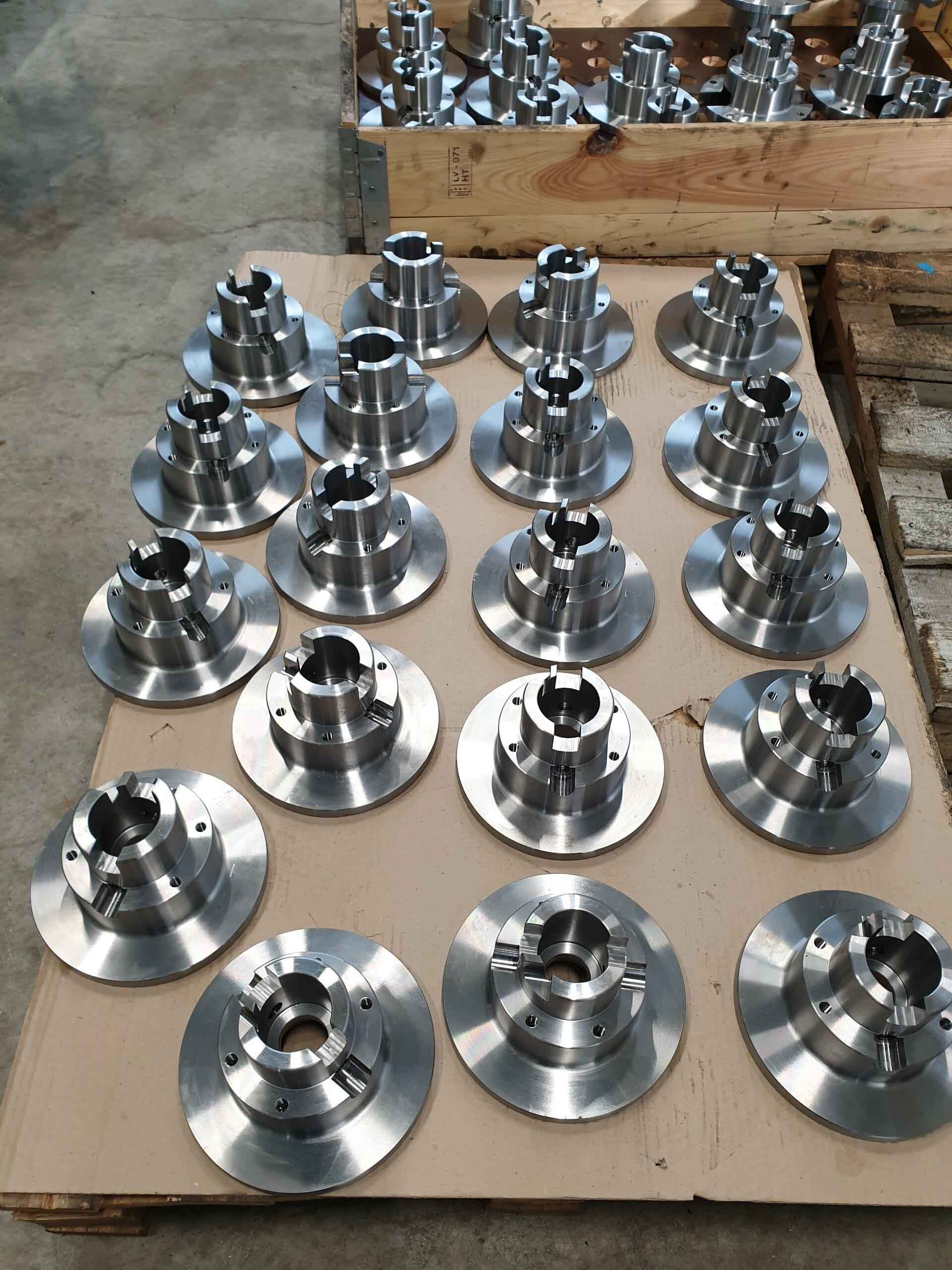
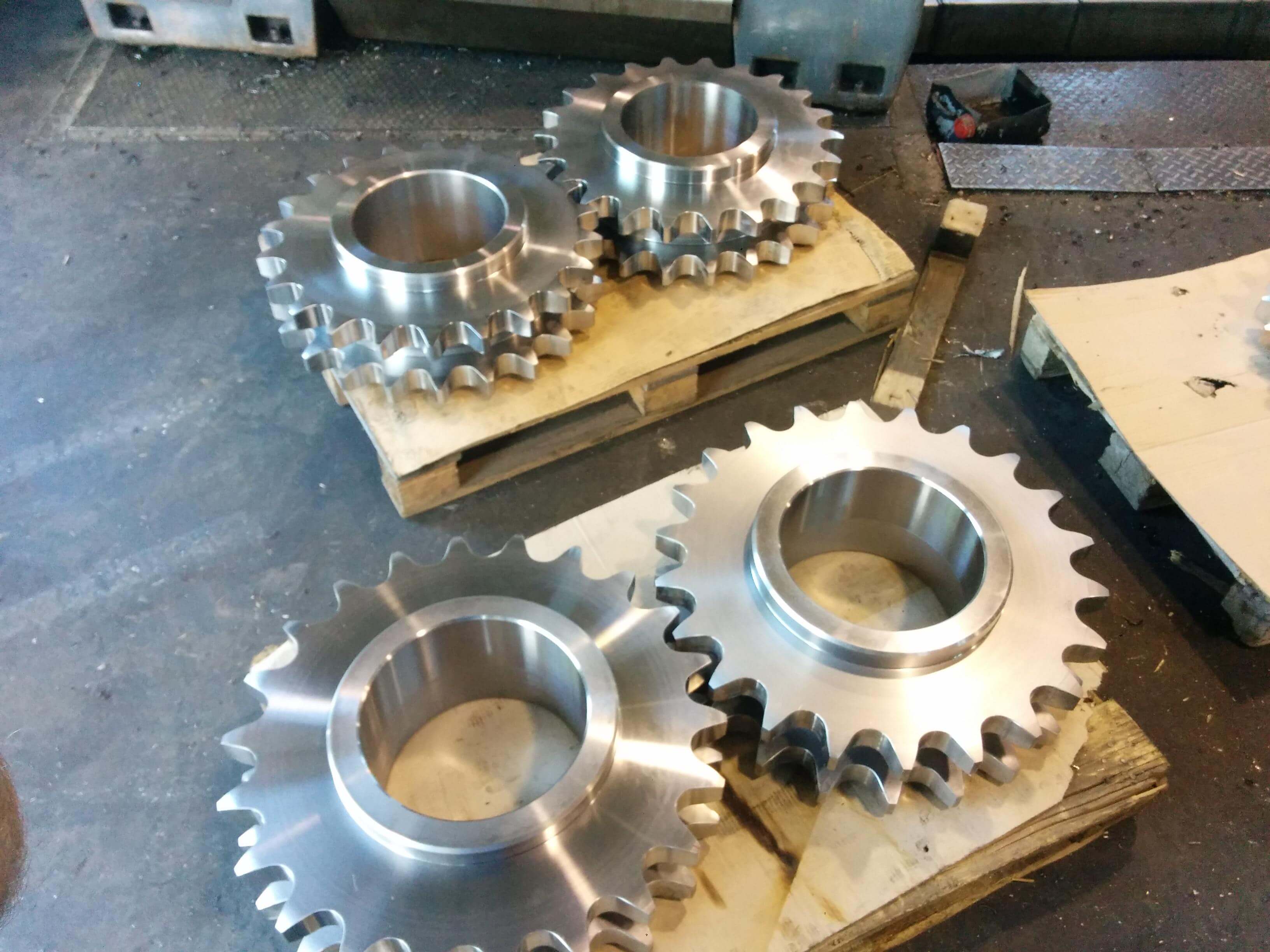
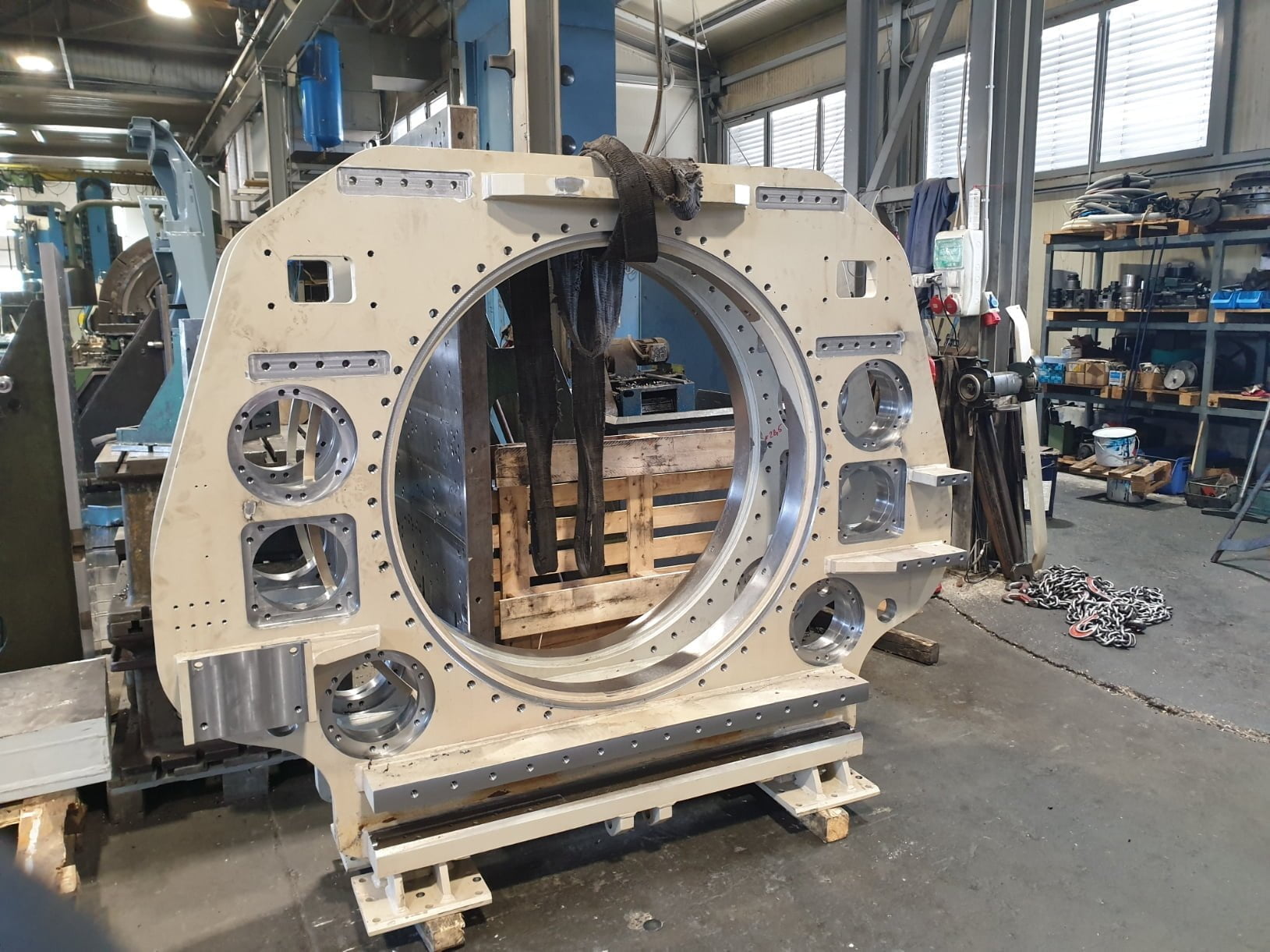

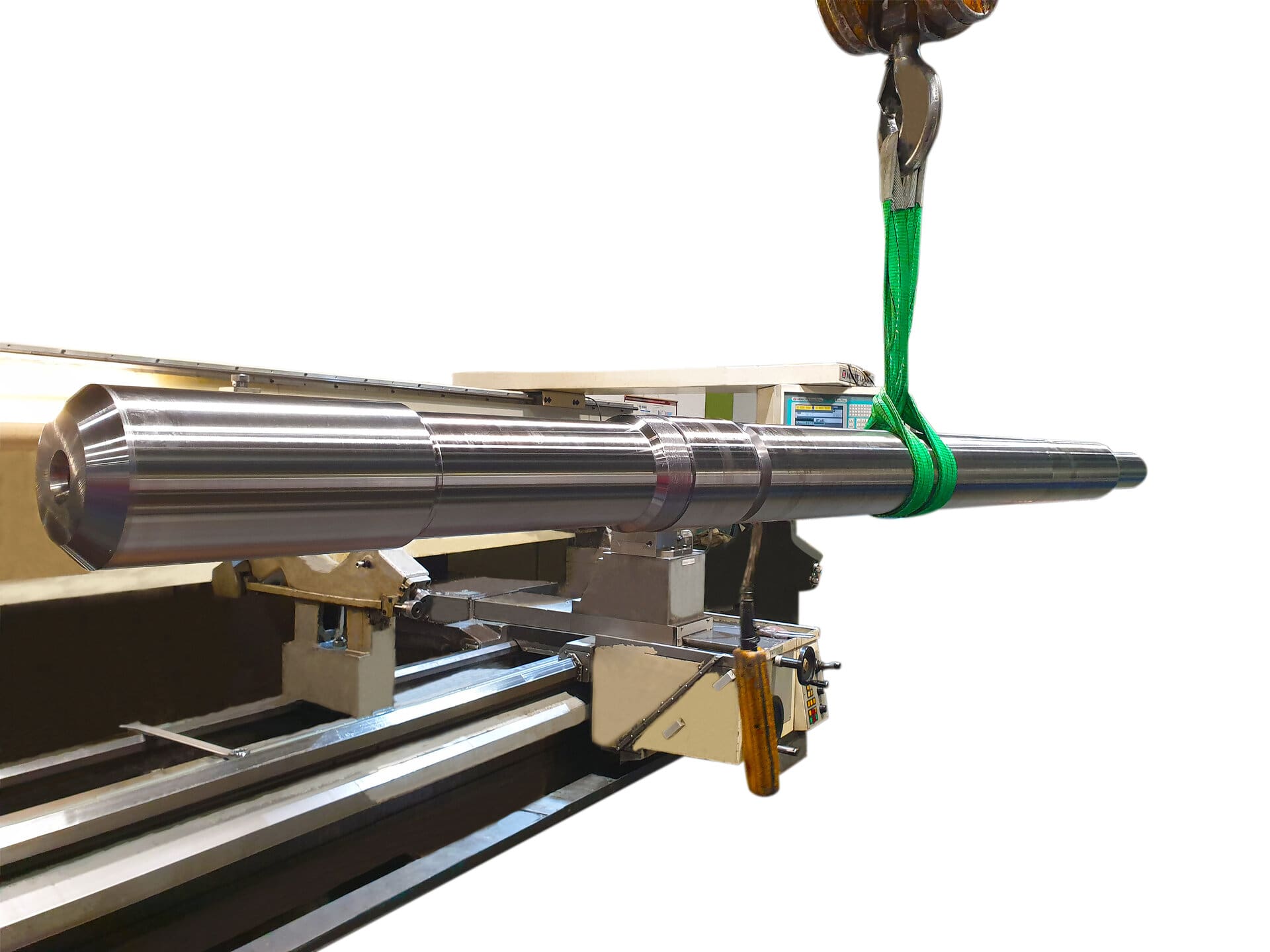
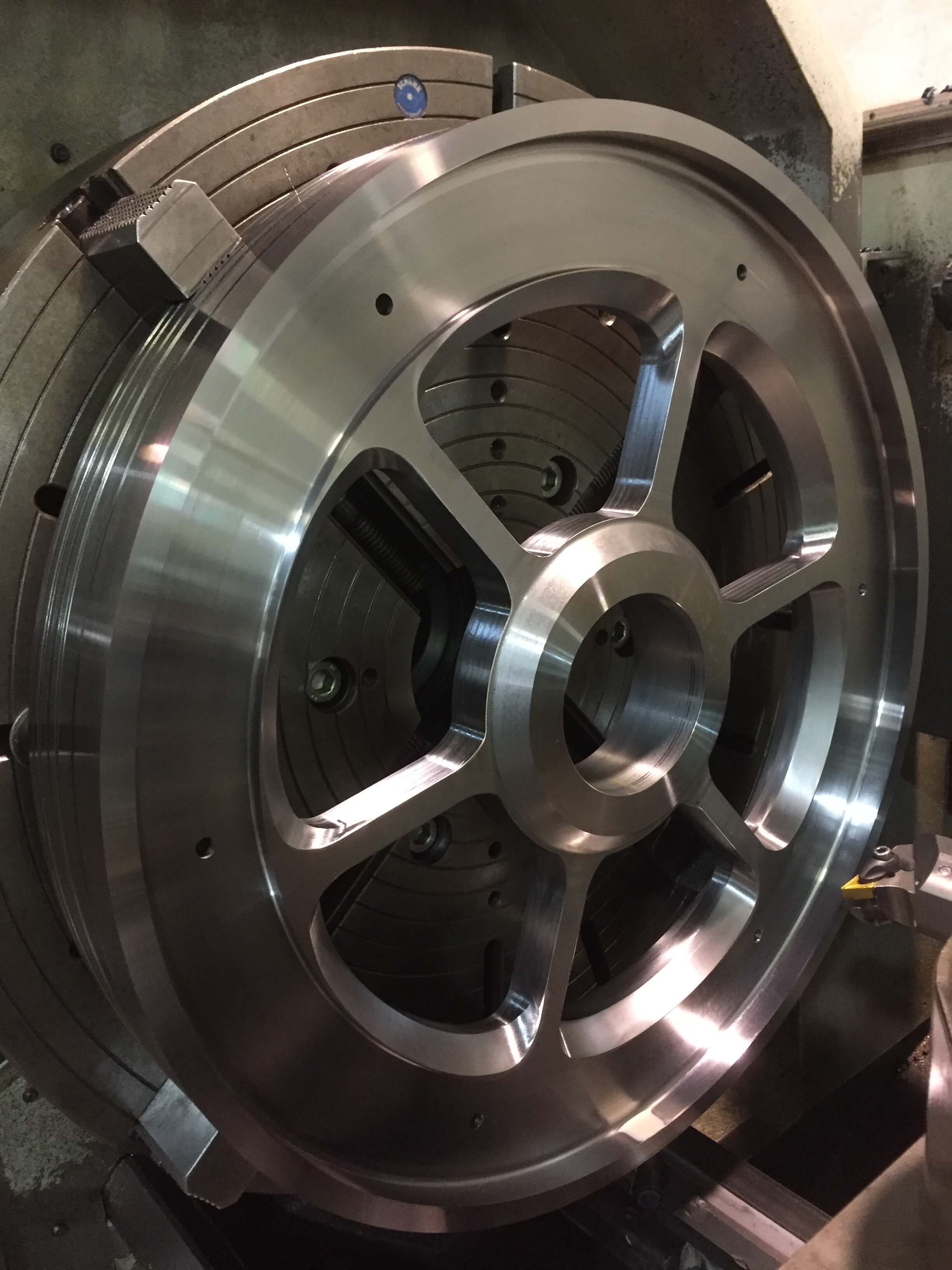
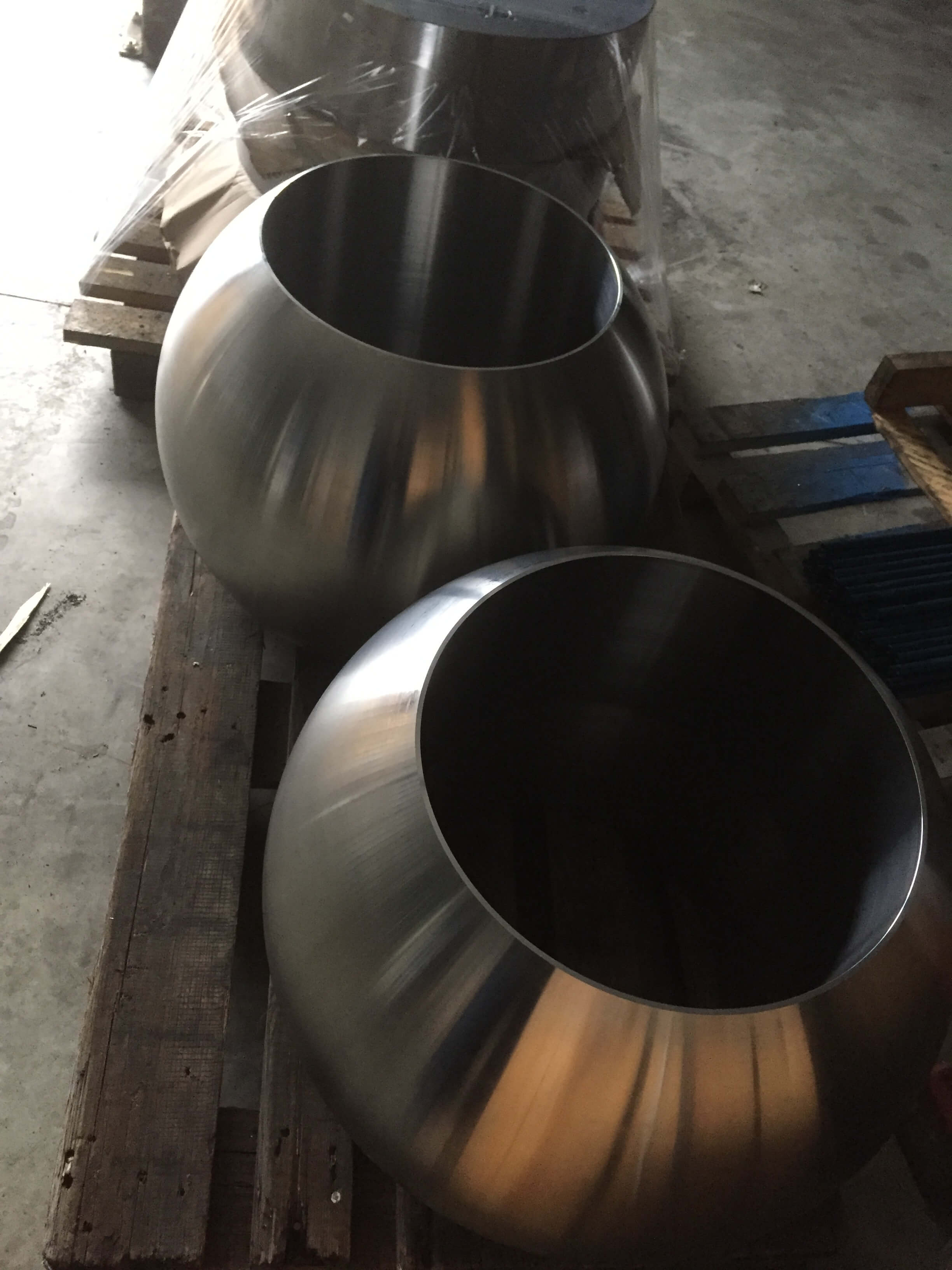
Kovine Gorsek offers high-quality CNC machining services using state-of-the-art equipment and software. Our team of experienced professionals can handle everything from simple 2-D shapes to complex 3-D designs.
We use the latest measuring and inspection equipment to ensure that every part we produce meets or exceeds customer specifications. With our advanced technology and expertise, we can handle even the most challenging machining projects.
Whether you need a single prototype or a large production run, we can provide the precision CNC machining services you need. Contact us today to learn more about our services and how we can help you achieve your manufacturing goals.
Precision parts for the automotive industry
Heavy-duty components for construction equipment
Specialized parts for green energy solutions
Custom tooling and equipment for wood processing
Sanitary and precise components for food processing
Marine-grade components and parts
Durable parts for mining equipment
Custom mechanical components and assemblies
Get in touch with us today for a free consultation and quote
Contact Us